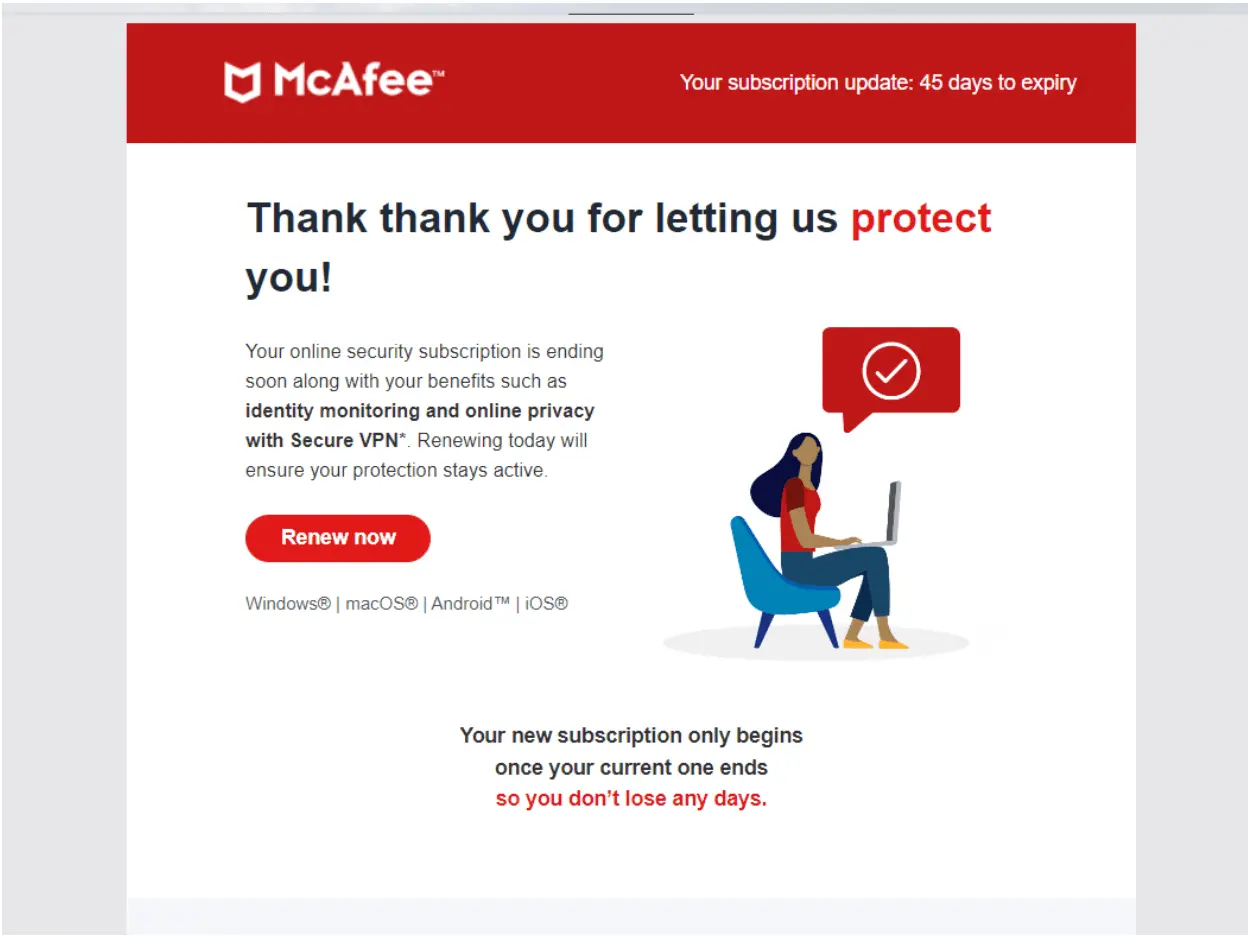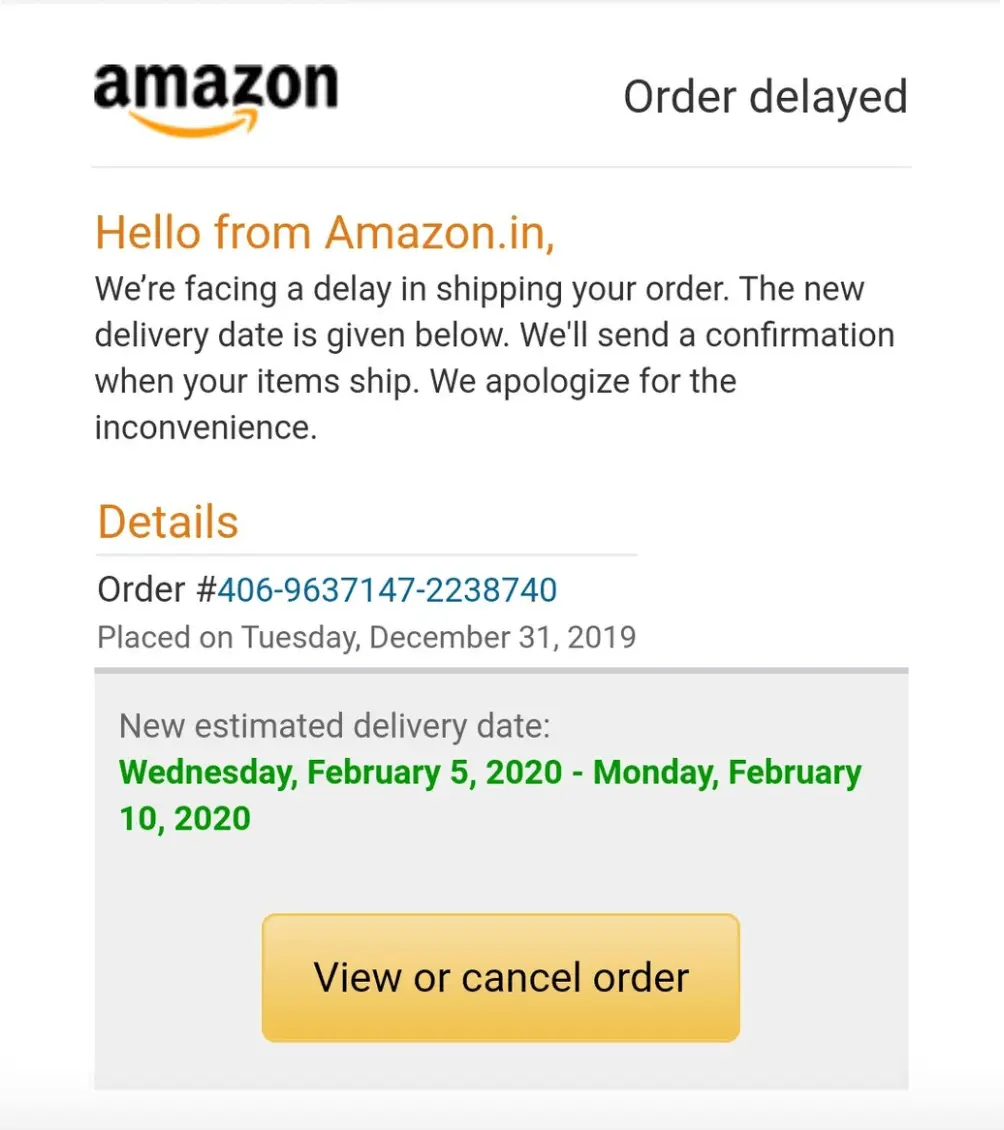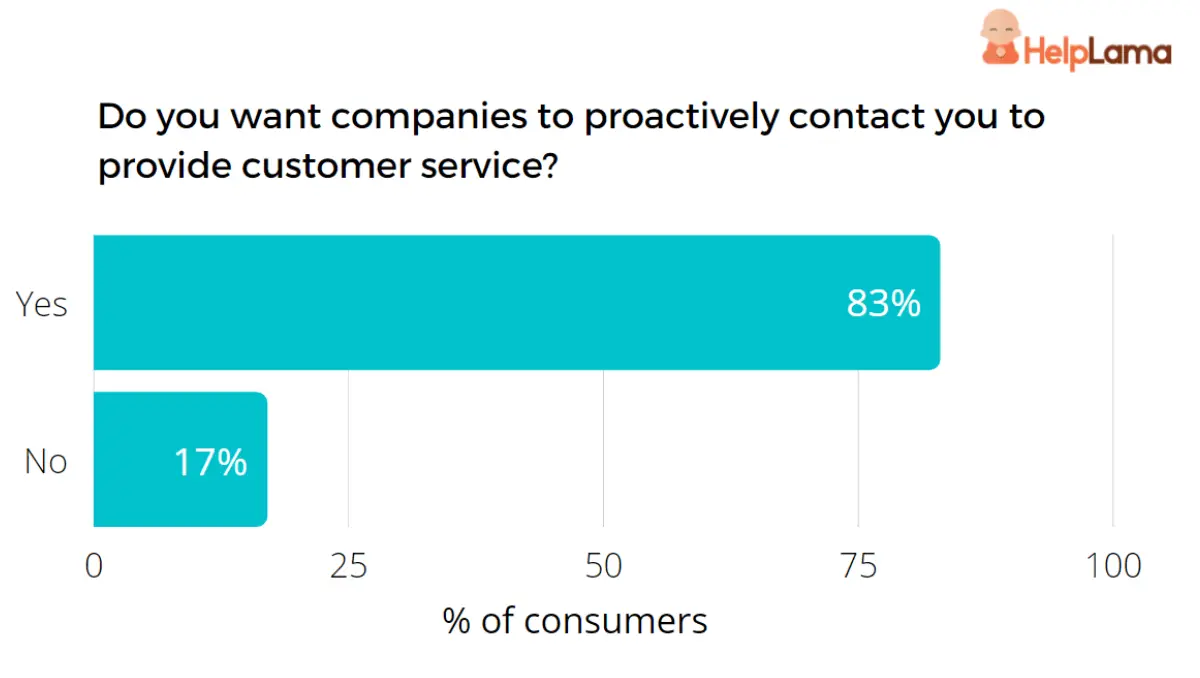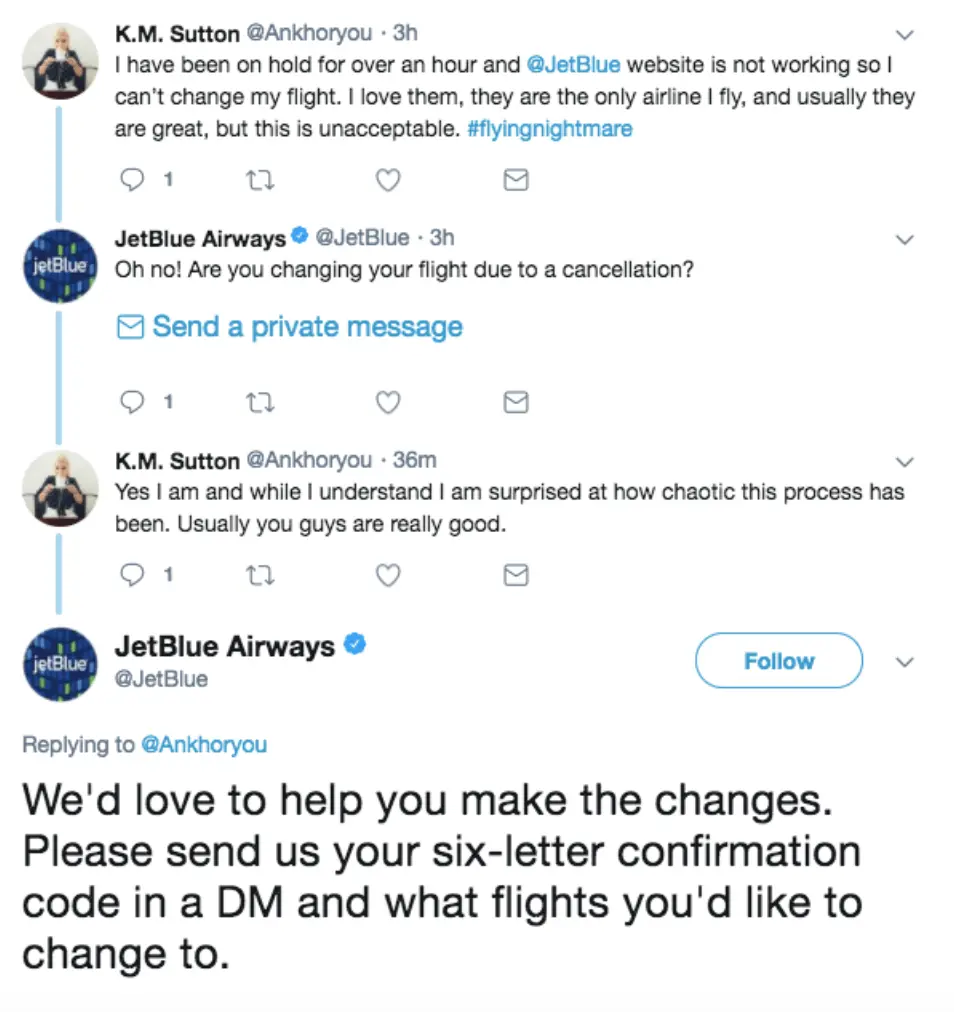Customer churn is the Achilles heel of customer loyalty. It’s a silent killer that costs your business dearly in revenue and customer satisfaction.
And with 66% of customers terminating their relationship with companies because of poor customer experience, implementing good customer service strategies is more critical than ever to keep your customers happy and loyal.
As Jeff Bezos puts it:
“We see our customers as invited guests to a party, and we are the hosts. It’s our job every day to make every important aspect of the customer experience a little bit better.”
In this blog post, we’re focusing on reactive and proactive customer care strategies - two approaches you can use to prevent silent churn and keep your customers engaged while generating loyalty. Read on to discover the secret sauce of effective customer care!
Customer Support: Defining Reactive vs. Proactive
-
Reactive Customer Support
Reactive customer support is when a company responds to customer complaints or problems after they occur. This type of customer support happens when a customer reaches out to a company through a specific channel, such as email, call widget, or social media.
For example, a customer reaches out to H&M customer support to report a problem with a product they received. The customer service representative would then take the customer's information and troubleshoot the problem, providing a solution or replacement if necessary.

This process is reactive because the customer initiates the interaction, and the company responds to their inquiry. Reactive customer support includes:
- Responding to customer complaints
- Addressing technical issues
- Providing dedicated customer support
- Handling refunds and exchanges
- Post-purchase follow-ups
-
Proactive Customer Support
When a company takes steps to prevent customer complaints or problems before they happen, it’s called proactive customer support. This type of customer support happens when the company reaches out rather than the customer.
For example, McAfee, an antivirus software company, uses customer data and analytics to identify when a customer's subscription is about to expire and reach out to the customer to offer a renewal or upgrade.

This is an example of proactive customer support because the company is taking the initiative to reach out to the customer before they have a chance to cancel their subscription.
This type of customer support includes:
- Implementing customer feedback programs
- Regularly checking in with customers
- Providing training and resources
- Customer retention programs
- Predictive analytics
The Advantages of Being Proactive in Customer Service
- Increase customer loyalty
- Increase in sales
- Reduce the burden on the customer support team
- Boost reputation
Here are some examples of how a company can be proactive regarding customer service.
-
Increase customer loyalty
When you’re proactive in customer service, you’re essentially putting your customers’ needs first.
You’re anticipating their questions and concerns and working to resolve them before they even have a chance to reach out to you.
Think about this: Don’t we all appreciate how Amazon always notifies its customers in advance of any possible delays?

This proactive approach shows your customers that you value their business and earn their loyalty and trust. And unsurprisingly, 96% of consumers have said that customer service is vital for them regarding brand loyalty.
Of course, being proactive in customer service doesn’t mean you have to be perfect. No company is immune to the occasional issue or complaint. But by proactively addressing these issues as they arise, you can quickly turn a negative situation into a positive one.
And when your customers see that you’re willing to go the extra mile to keep them happy, they’ll likely stick around for the long haul.
-
Increase in sales
You can build strong relationships with your customers and demonstrate your commitment to customer satisfaction by providing fast, efficient, and personalized support. It can lead to more customers feeling confident in your brand and purchasing from it.
In fact, 68% of consumers say they are willing to pay more for products and services from a brand known to offer good customer service experiences.
In addition to this, by actively reaching out to customers and offering personalized support, companies can also identify opportunities for upselling and cross-selling products and services.
Netflix is the perfect example of this. The company offers personalized support to its customers by recommending content that is tailored to each individual's viewing habits and preferences.
The platform tracks the shows and movies that a user watches, as well as their search history and ratings, to make personalized recommendations.

At the same time, Netflix also identifies opportunities for upselling and cross-selling by suggesting higher-tier plans to users who frequently use multiple devices or regularly watch content in high definition.
-
Reduce the burden on the customer support team
You can proactively identify and address customer concerns to prevent customer service issues from escalating. It helps reduce the number of calls and emails your team receives, making their job easier and freeing up time for them to assist with other tasks.

Moreover, by addressing issues early on, you can avoid potential negative reviews and feedback from customers who are unhappy with the service they received.
-
Boost Reputation
It's no secret that online reviews and customer feedback can ruin a company's reputation.
A strong reputation can attract new customers and help a company retain its existing customer base. Conversely, a poor reputation can dissuade potential customers from doing business with a company.
Proactive customer support can be crucial in maintaining and improving a company's reputation. According to a survey, 92% of customers positively perceive a brand after being contacted proactively.
By anticipating and addressing customer concerns before they become problems, proactive customer support can help ensure that customers have a positive experience with a company.
Also, by publicly responding to negative reviews and feedback, proactive customer support can help mitigate the damage to a company's reputation.
Defeating Silent Churn: The Winning Formula for Keeping Customers
- Take feedback regularly
- Focus on self-service opportunities
- Reward your customers with offers
- Accept your mistakes
- Listen to what your customers are saying
If you're like most customer support teams, you're probably reactive. You wait for customers to reach out to you with problems or questions, and then you do your best to resolve them as quickly as possible.
But you don’t know that customers want you to reach out to them before they do. A survey by Helplama indicates that 83% of customers said they want companies to contact them proactively to provide customer service.

Thus, the need for the shift from reactive to proactive customer support is alarming so much that it has become one of the primary objectives of more than half of the customer service and support leaders in 2022.
By shifting from reactive to proactive customer support, you can get ahead of potential problems before they cause churn and dissatisfaction among your customers.
Here are some ways to beat the silent churn by shifting from reactive to proactive customer support:
1. Take feedback regularly
Customers are the lifeblood of any business, and what they think is crucial for the success of your business.
By periodically gathering feedback, you can understand what your customers feel about your product or service, allowing you to make changes that can improve their experience.
However, while taking feedback from your customers, be clear about what you want to know.
Ask specific questions to help you understand your customer's experience and pain points. You can ask:
"What do you like most about our products/services?"
"What could we do better to improve your experience?"
‘’Can you tell me about a specific instance when you felt particularly pleased or displeased with our service?’’
Also, make it easy for customers to give feedback. Along with open-ended questions, you can ask them things like:
On a scale of 1 to 10, how likely are you to recommend our business to a friend or colleague? Did our customer service meet your expectations? Yes, No, or Neutral
Finally, immediately address the issues if you see a dip in satisfaction levels.
2. Focus on self-service opportunities
Studies show that 81% of customers attempt to take care of the matter themselves before reaching out to a support agent.
When customers can find answers to their own questions or solve their own problems, they feel valued and taken care of.
Consider this knowledge base from Facebook, for example. It is designed to help customers find answers to common questions and troubleshoot issues without contacting customer support.

Facebook's knowledge base includes a wide range of topics, such as creating an account, managing privacy settings, and reporting content that violates the company's terms of service.
It also includes frequently asked questions and step-by-step instructions, making it easy for customers to find the information they need.
Similarly, self-service portals and AI-powered chatbots or virtual assistants are other self-service options that businesses offer to assist customers with queries and doubts.
Opportunities like these not only increase efficiency and convenience for customers but also reduce costs for businesses.
3. Reward your customers with offers
Rewarding your customers with offers they cannot refuse will show them that you are invested in their satisfaction and will go the extra mile to keep them happy. When customers feel appreciated, they are more likely to stick around.
There are several ways to reward your customers, like:
Discounts: Offer discounts on products or services to encourage repeat business or to entice customers to try new products or services.
Loyalty programs: Implement a loyalty program that rewards customers for repeat purchases or referring friends and family.
Special promotions: Run special promotions, such as buy one get one free offer, to drive sales during slow periods.
Personalized offers: Use data and analytics to target specific segments of customers with customized offers based on their past purchase history and behavior.
Gift cards or vouchers: Offer gift cards or vouchers to customers as a reward for their loyalty or an incentive to return to the store or website.
Access to exclusive events or experiences: Offer access to exclusive events or experiences, such as VIP access to concerts or special store events, as a reward for customers.
Whatever you do, make sure it is something that will genuinely benefit them and show them that you are paying attention to their needs.
4. Accept your mistakes
Let's face it: mistakes happen. And when they do, the best thing you can do is accept them, learn from them, and work to prevent them from happening again.
"Don't dwell on what went wrong. Instead, focus on what to do next. Spend your energies on moving forward toward finding the answer." – Denis Waitley, Author and Motivational Speaker
By accepting your mistakes and taking steps to fix them, you show your customers that you are committed to providing them with the best possible experience — even if that means going above and beyond to make things right.
Not only will this improve customer satisfaction, but it can also build trust with them.
Now how do you do that?
Firstly, acknowledge the mistake and take ownership of it. Customers appreciate honesty and will be more likely to work with you if they feel you are being truthful.
Next, work hard to make things right for your customers.
For instance, if you notice a bug in your software, you can be open about it to your customers and tell them what the issue is and the steps you’re taking to resolve the issue; just like Slack did.
Last year, Slack experienced a service outage that affected users globally, preventing them from loading Slack workspaces, sending messages, and uploading files.
The company quickly identified the root cause of the issue, which was a database failure, and worked to resolve the issue. They kept their customers informed about the progress of the problem and the steps they were taking to fix it through their status page, Twitter, and email notifications.

It's worth noting that proactively notifying customers about bugs or errors and promptly fixing them can help to maintain customer trust and confidence in a company's products or services.
5. Listen to what your customers are saying
Your customers are your best advocates—and your worst critics. After all, 70% of a customer journey relates to how the customer feels about their experience with your company. You can get a pulse on their needs and wants by monitoring what they’re saying about you on social media.
Listening to your customers will help you identify any negative sentiment early on, so you can address it before it snowballs into something bigger. It’s also a great way to stay on top of customer needs and pain points so you can proactively address them.
Check out this popular tweet by Jetblue, for instance:

When a customer complained about the poor customer service offered by Jetblue, the company was prompt enough to tell the customer what he could do on Twitter when other support channels weren’t working.
Thus, keeping a track of your brand mentions on social media by your customers is important.
If unsure where to start, try setting up Google Alerts for your brand name and key product terms. That way, you’ll be notified anytime someone mentions you online.
You can also use social media listening tools like Agorapulse, Hootsuite Insights, or Mention to track online conversations in real-time.
Key Takeaways
Proactive customer care is the key to beating silent churn. You can nip any potential problems by reaching out to customers before they get frustrated and cancel their service. And by offering a great customer experience, you'll keep them returning for more.
With reactive customer care, you're always one step behind. You're constantly playing catch-up as customers cancel their service or leave negative reviews. But with proactive customer care, you can stay ahead of the curve and keep your customers happy and loyal for years to come.
Author Bio
Joy D'Cruz is a content marketing specialist working with SaSHunt. Joy enjoys researching topics related to B2B and SaaS. On the weekends, he likes spending time watching YouTube.



